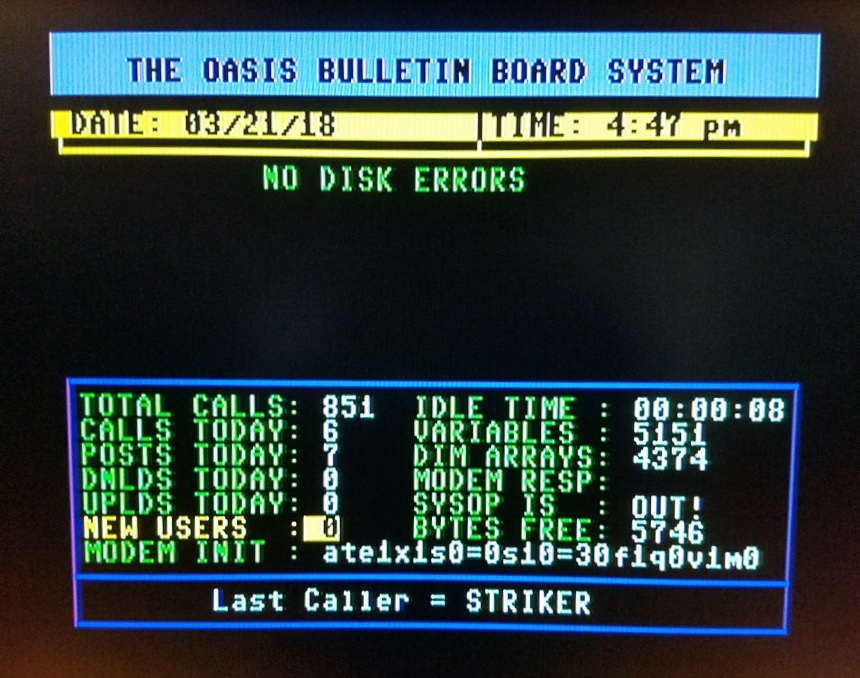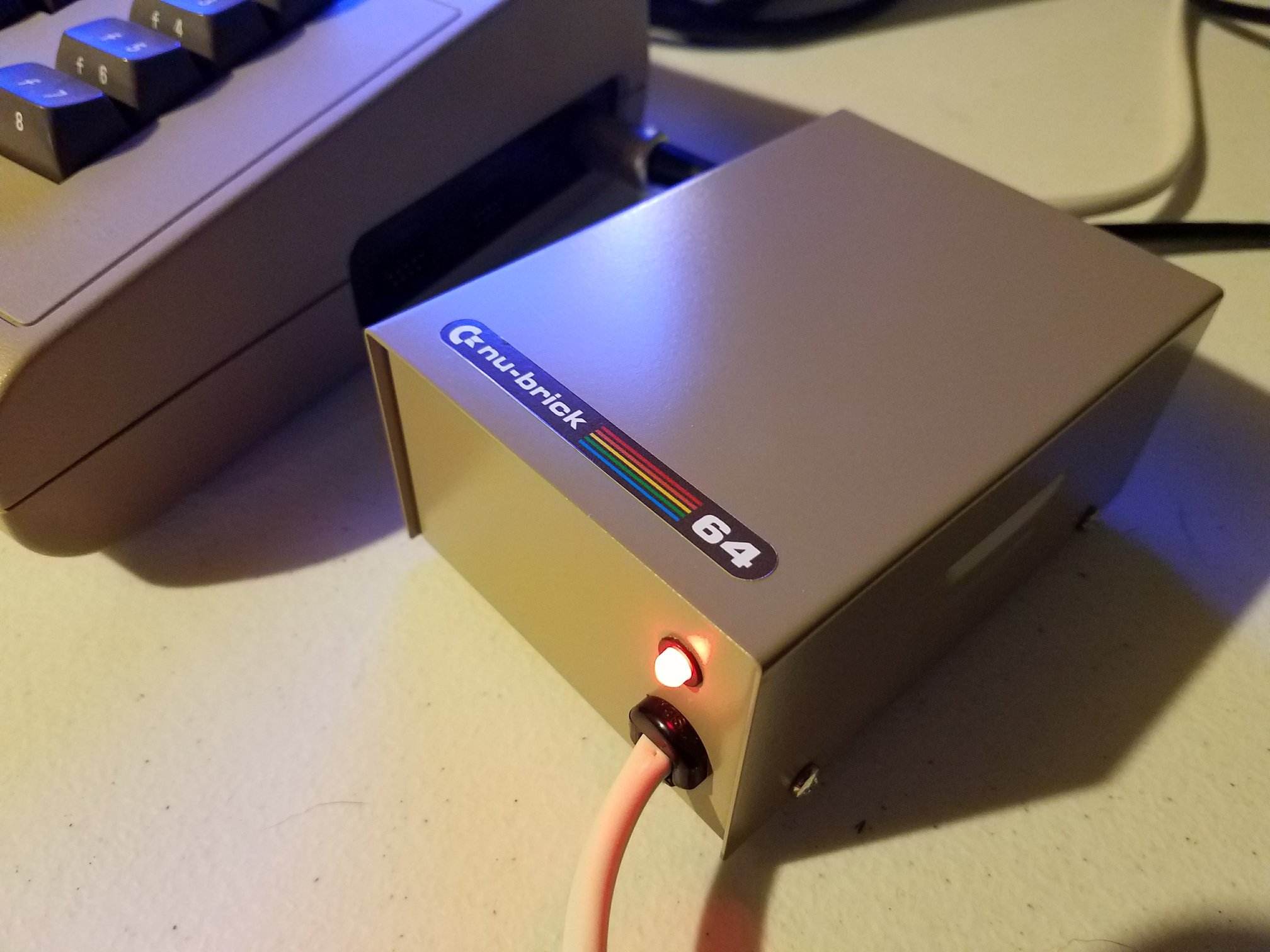The latest video from RavenWolf Retro Tech kicks off a new series all about Commodore 64 variants. It covers the system’s earliest years, starting with the 1982 silver label models and moving into the many revisions that followed in 1983. This isn’t just a timeline—it’s a hands-on restoration tour through the quirks, upgrades, and unexpected surprises baked into Commodore’s best-selling computer.
RavenWolf restores three unique machines in this episode. Each one shows a different stage in the C64’s evolution. One of them nearly broke him—literally—forcing a mid-project replacement. But that’s part of the charm. These Commodore 64 variants aren’t museum pieces. They’re survivors, modified and repaired over the years by real users doing whatever it took to keep their machines alive.
The story begins in 1981 when Commodore’s engineers were working on custom chips for a gaming system. Jack Tramiel saw their potential and demanded they be turned into a full computer—with 64K of RAM. A working prototype had to be ready in six weeks for the 1982 Consumer Electronics Show. That rush led to some wild inconsistencies across early machines: green cartridge ports, black ports, square or rounded power connectors, brass RF shields, and mismatched keys. These were not production lines known for consistency.
Still, the results were impressive. The Commodore 64 launched with powerful graphics, rich sound, and a price point well below competitors like the Apple II or Atari 800. At $595 (about $2,000 today), it was a serious investment—but still a better deal than the alternatives. By the end of 1982, sales hit 250,000 units. The momentum was just getting started.
As production ramped up, the Commodore 64 variants kept coming. By 1983, Commodore had introduced the 250407 board revision. This board was cheaper to produce, more stable, and added an 8-pin video port for cleaner output—especially when paired with a compatible monitor. Other changes included improved voltage regulation, a larger heat sink, and fixes for audio whine caused by poor trace placement on earlier boards.
The machine’s exterior changed too. Gone was the silver label, replaced by the now-familiar rainbow badge. Cartridge ports went from green to black. Function keys changed color depending on production runs. Internally, chips were swapped, often depending on whatever Commodore had on hand.
RavenWolf’s restorations highlight all of these differences. From blown capacitors to busted CIAs, every board tells a story. One unit needed nearly everything replaced—including a power switch that disintegrated mid-clean. Another came from storage fully working and was used to capture footage for games like Fort Apocalypse. A third unit looked fine at first but hid a bad SID chip, faulty ROMs, and a damaged CIA that caused intermittent startup failures.
Throughout the video, he spotlights two classic games: Moon Patrol and David’s Midnight Magic. Both show off what the C64 could do in 1982–1983. And yes, his mom really did play pinball.
These early machines weren’t perfect. Sparkle effects on screen, character ROM glitches, and high-pitched audio whines were common. Commodore service centers often replaced entire boards under warranty instead of repairing individual parts. Some users even returned functioning machines to swap for newer ones at a lower price.
But despite the quirks—and maybe because of them—the Commodore 64’s early years are a treasure trove of history. Each machine reflects a specific moment in time, with its own set of hardware, fixes, and flaws. And with over a million units sold in 1983 alone, those changes made a difference.







